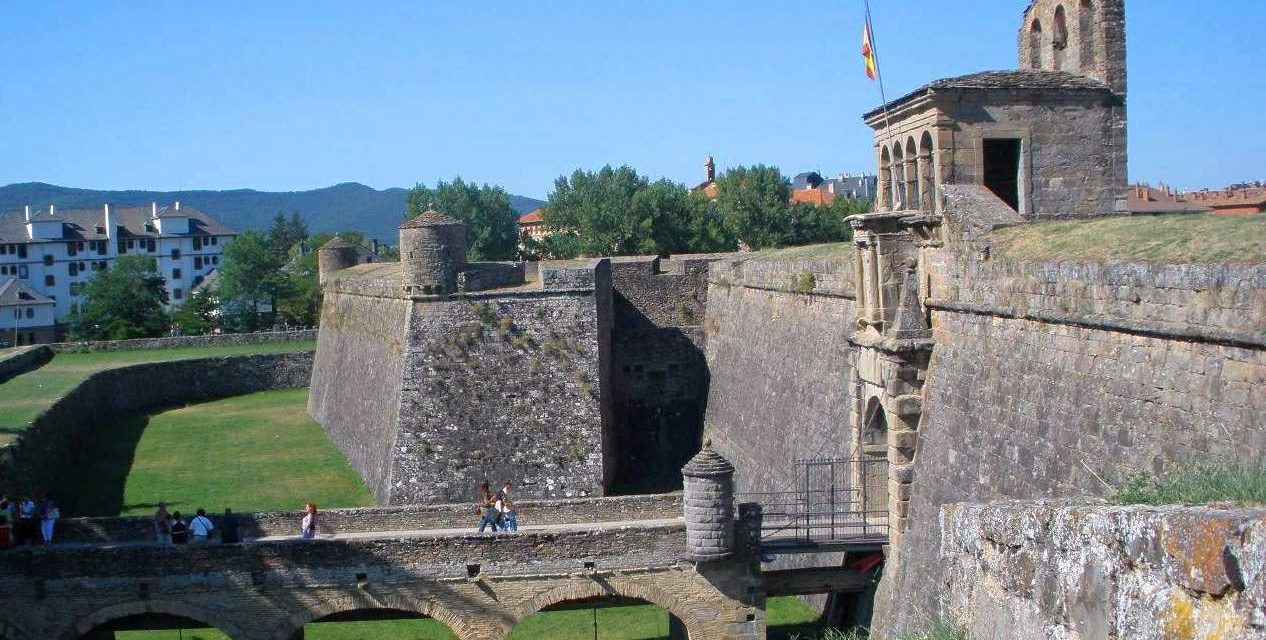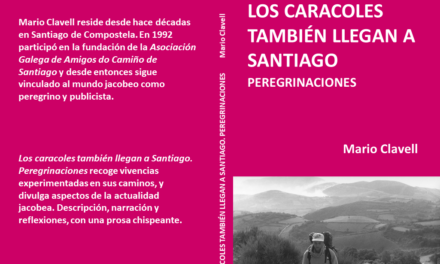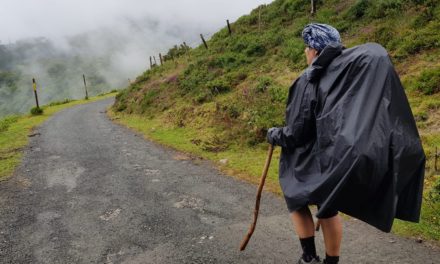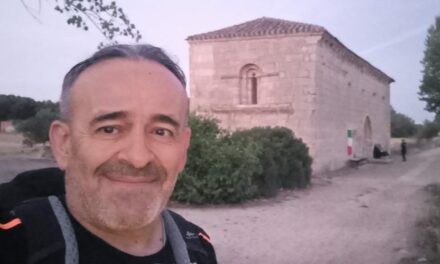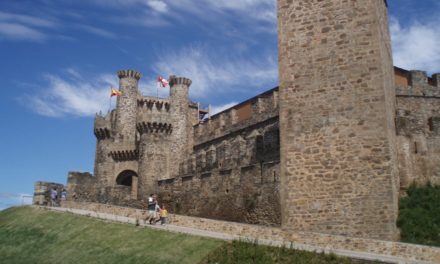Jaca is the most important village on what is known as the Aragonese Way, a branch of the French Way which winds its way through the land of Aragon, and is located 818 kilometers from the city of Santiago. In the Codex Calixtino it appears as the end of the stage that began in Borce- a village of the French slope of Somport ; while in the current pilgrimage it remains as the end of the first stage of the Aragonese Way, but begins at the top of the Somport, at an altitude of 1,632 meters.
The Middle Ages was a time of splendour for Jaca, which was already a commercial center when the pilgrimages to Santiago began to emerge in the 10th century, probably thanks to the strategic importance of their situation in the Pyrenean pass. The origin of that first medieval city is linked to three settlements: the one known as Castro Real, which had a Jewish quarter; the hamlet grouped around the monastery of San Pedro; and the hamlet and church of Santiago, a pre-Romanesque church whose existence constitutes one of the oldest and clearest pieces of evidence of the passage of pilgrims.
Of its importance in the Camino de Santiago there have been numerous documentary testimonies about the important network of pilgrim hospitals that existed in the city. Historians have documented more than twelve hospitals, the cathedral and the council maintained their own hospitals for centuries, but most depended on brotherhoods, religious orders and hospitals, being particularly concentrated in the neighborhood of Burnao or “New Burgo”, the district through which pilgrims passed to get to the city.
The crowning moment of the city was, without a doubt, in the eleventh century, when King Sancho Ramírez (1063-1077) chose it as the capital of the Kingdom of Aragon and episcopal seat. Thanks to this choice, Jaca was endowed with numerous privileges and monuments, highlighting the reconstruction of the aforementioned church of Santiago, which after being destroyed in 999 by the army of Almanzor, was rebuilt in 1088 by Bishop D. Pedro in the Romanesque style, giving rise to the extraordinary temple and bell tower that can still be visited today.
The most important monument of Jaca is certainly its cathedral. An emblematic jewel of what is known as European Romanesque, which was once one of the main centers of dissemination of this style in Spain, since from La Seo de Jaca come the building bases and the decoration of the Romanesque architecture of most of the west of Spain. Among its chapels we recommend visiting those of San Miguel and the Trinity, as well as the cloister, to which access may be gained from the Diocesan Museum. This museum too is well worth visiting in order to see its rich collection of medieval punctures al fresco, which were transferred to the museum from different churches in the area.
During the Middle Ages the splendid ensemble of the Cathedral of Jaca was equated with the great European cathedrals not only for its architecture and sculpture, the guides and journals of pilgrimage also referred to the relics that it kept: like those of Saint Orosia, patron saint of those lands, protector of those under the sway of the Devil and an annual source of collective exorcisms. However, the most important relic of Jaca’s cathedral, the famous Santo Cáliz (or Holy Chalice, was removed very soon because, already at the end of the 11th century, it was taken away to the nearby monastery of San Juan de la Peña.
Another monument of the medieval past of the city that we recommend visiting is the church of San Ginés, or the Benedictines, in which the magnificent Romanesque sarcophagus of Dona Sancha, daughter of Ramiro I of Aragón, is preserved.
Among civil architecture the wall and citadel stand out the most clearly, of which medieval fragments still remain. However, most of the current edifice is the result of the thorough reconstruction of the 16th century, highlighting the so-called Ciudadela or Castillo de San Pedro, which still preserves towers, bastions and sloping walls.
Somewhat further away, from the Paseo de la Constitución, the bridge of San Miguel may be reached. It is a fifteenth century building, with a broad pointed pointed arch, which spans the Aragón River.
Photo: We have taken this image of the Commons Wikipedia project, its author is Zarateman.

